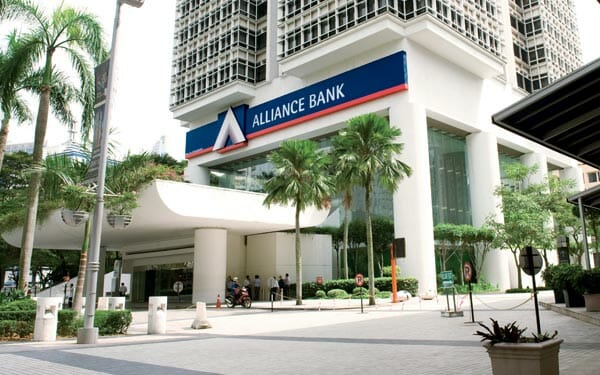Leading out from CY23’s strong momentum, Kenanga said it projects CY24’s loans growth in the banking sector to range between 5.5%-6.0% (CY23: 5.3%). This is above its in-house GDP expectation of 4.5%-5.0%. So far, Jan 2024’s 5.7% increment is viewed to be encouraging albeit could be frontloaded in lieu of Feb 2024’s Chinese New Year festivities.
Its in-house GDP expectation for CY24 stands at 4.7% which seems to fall behind projected system loans growth target.
The widening disparity is attributed by sustained mortgages stacked up from prior building of loans books, though the house said it expects a stronger emphasis on business loans in the near-term. Housing transactions are possibly skewing towards affordable homes as opposed to higher value sub-sale transactions. Meanwhile, a persistently soft MYR will likely leave a mixed impact on net importing or net exporting businesses. That said, we suspect the largest support would come from construction and infrastructure projects progressing well.
Market tailwinds (i.e. persistent loans growth and GDP, better margin retention) are expected to continue outweighing industry headwinds (i.e. inflationary pressures, weaker MYR), which the house believes may lead to fewer tests to the sector’s resiliency. The sector should be of interest with dividend yields still appearing attractive (6%-7%) on most names on top of lower embedded sector volatility as compared to other industries. Kenanga said it had seen meaningful moves in share prices with the inflow of foreign investors looking to accumulate sector heavyweights.
The house also notes that there are opportunities presented in the form of a few laggards, likely awaiting encouraging
earnings reports to affirm the translation of share price. Top Picks include PBBANK, RHBBANK and ABMB:
(i) PBBANK – Thanks to its heavy retail mortgage mix, the house is of view the group to be the most resilient amongst the names paired by its leading GIL records. The group may also benefit from an upcoming write back of its pandemic-related overlays which could translate to surprise special payouts to shareholders. PBBANK had previously experimented to pay beyond its biannual window and we believe this could serve as a means.
(ii) RHBBANK – RHBBANK now stands as the bank with the highest dividend potential, stretching close to c.8% in spite of
modest growth expectations. Its sizeable CET-1 chest of >16% may further keep payouts sustainable, with a likely lower
emphasis on provision management as pandemic concerns have alleviated. Meanwhile, its associate Boost Bank may
soon enter the public domain which could garner greater interest in the near-term.
(iii) ABMB – Between the smaller cap banks, the house continues to like ABMB as it offers solid fundamentals which are comparable to its larger cap peers, with dividend yields of c.7% (sector average: 5%) and ROEs of c.11% (sector average: 10%). The group also possesses the largest proportion of SMEs to its books which could drive its near-term growth. Leading in terms of CASA as well, it offers ABMB greater flexibility when it comes to margin retention.
Smaller caps show highest appreciation. As of the house’s cut-off date of 8 Mar 2024, most banks registered higher share prices since the commencement of CY24. Kenanga noted that AFFIN and BIMB were the strongest outperformers against the FBM KLCI whereby AFFIN’s sentiment was fuelled by a tightening relationship with the Sarawak State Government while BIMB benefited from its better-than-expected results. CIMB followed thanks to the encouraging performance of its regional units alongside growing dividend prospects. On the flipside, PBBANK appeared to stay flattish, likely as investors may be recalibrating their positions to banks with higher loans growth prospects.









